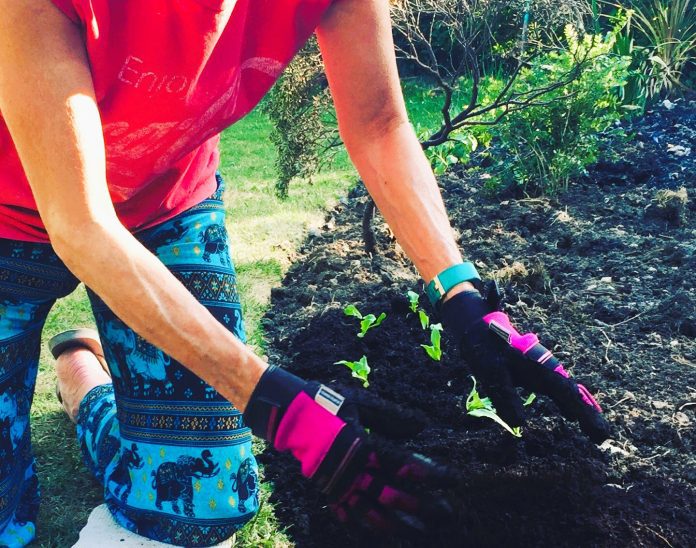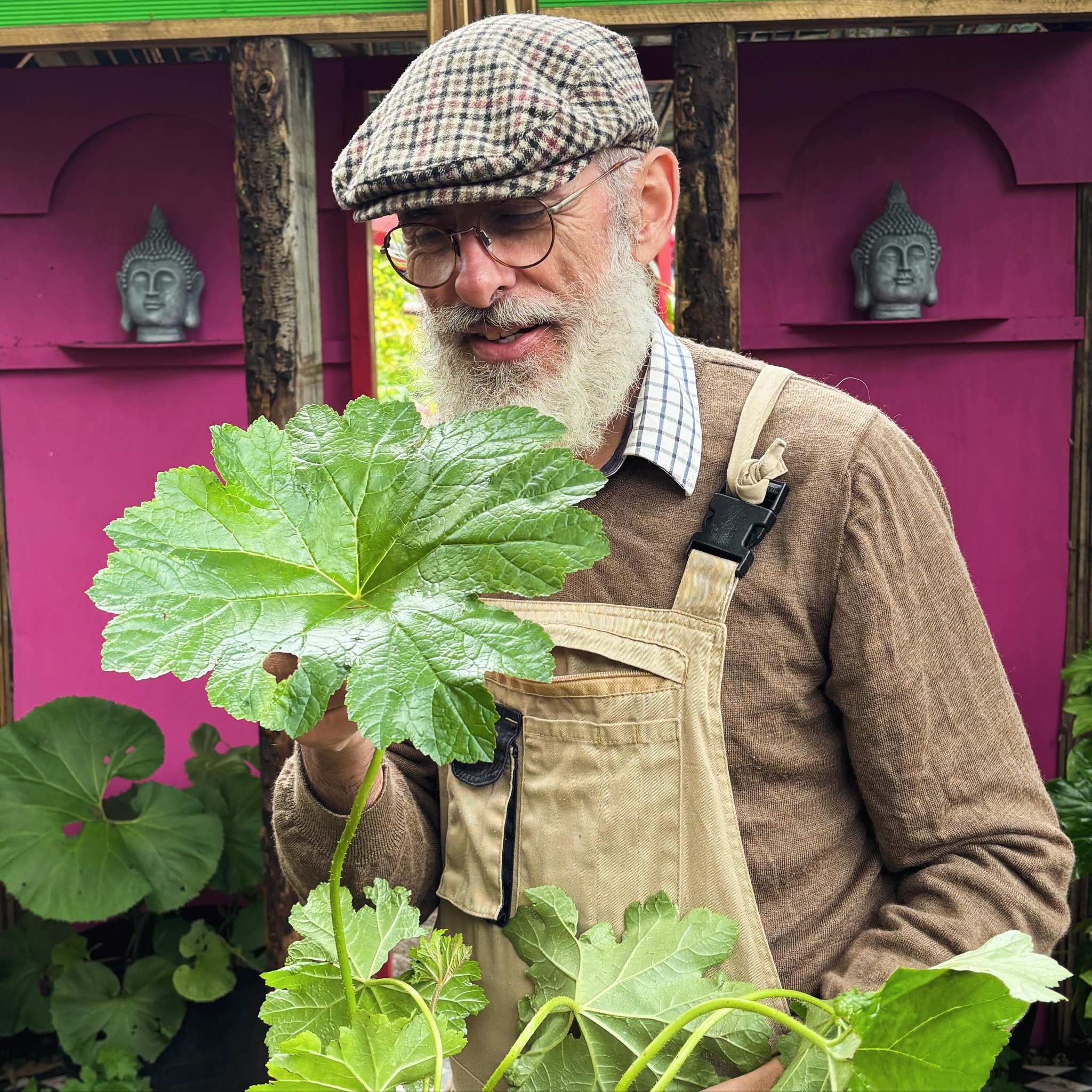Planting out seedlings at the right time is crucial for ensuring healthy, thriving plants. If transplanted too early, seedlings may suffer from frost or lack of warmth; too late, and they might struggle to establish themselves. Timing depends on the type of plant, your location, and the weather conditions. This guide explores the best time to plant out seedlings, focusing on UK gardens, to help you achieve the best possible results.
Factors to Consider Before Planting Out Seedlings
1. Frost Sensitivity
One of the most important factors to consider when planting out seedlings is their sensitivity to frost. Tender seedlings, such as tomatoes, courgettes, and peppers, need to be planted out after the risk of frost has passed. Hardy seedlings, such as brassicas (cabbages, broccoli, etc.) and root vegetables, can withstand colder temperatures and can be planted out earlier.
2. Soil Temperature
Soil temperature plays a significant role in determining when seedlings can be planted. Most vegetables and flowers prefer soil temperatures of at least 10°C for healthy growth. If the soil is too cold, seedlings may struggle to establish roots, leading to stunted growth. You can check the soil temperature using a simple soil thermometer or follow seasonal cues.
3. Weather Conditions
While the date is important, weather conditions are equally critical. Even after the last frost, sudden cold snaps, heavy rain, or strong winds can damage delicate seedlings. Be mindful of long-term weather forecasts, particularly in spring when unpredictable conditions are more common.
4. Hardening Off
Before planting seedlings outside, they need to be gradually acclimatised to outdoor conditions—a process known as “hardening off.” Start by placing seedlings outside in a sheltered spot for a few hours a day, gradually increasing the time over a week or two. This step helps prevent transplant shock.
Best Times to Plant Out Seedlings
1. Spring Planting (March to May)
Spring is the most common time for planting out seedlings, as the warmer temperatures and longer daylight hours encourage growth. However, the exact timing within spring depends on the type of plant and local conditions.
- March (Early Spring):
Hardy seedlings, such as broad beans, peas, and brassicas, can be planted out in late March or early April, especially in southern parts of the UK where frost risk diminishes earlier. However, in colder regions or exposed areas, it’s best to wait until April. - April to May (Mid to Late Spring):
Most vegetable and flower seedlings can be planted out from mid-April to late May, after the risk of frost has passed. Warm-season vegetables like tomatoes, peppers, courgettes, and cucumbers should be planted out once night-time temperatures consistently stay above 10°C. For much of the UK, this is around late April to early May. - General Tip for Spring:
If you’re unsure about frost risk, wait until after the UK’s last frost date, which varies by region. In southern England, this is typically around mid-April, while in northern areas or higher elevations, the risk may extend into late May.
2. Summer Planting (June to August)
Summer planting is ideal for certain vegetables that require warmer soil or have a fast-growing season, like beans, squashes, and late-season salads. Succession sowing (planting new seedlings every few weeks) is popular in summer to ensure continuous harvests.
- June:
Plant out tender summer crops like tomatoes, peppers, and aubergines. By June, night-time temperatures are reliably warm across most of the UK. It’s also a great time to plant out fast-growing crops like courgettes, squashes, and cucumbers. - July to August:
Summer is also an ideal time for sowing and planting out late-season vegetables such as kale, spinach, beetroot, and carrots. These crops will mature before the first frosts of autumn.
3. Autumn Planting (September to November)
While autumn isn’t the main planting season, some cold-hardy crops can be planted out during this period. Additionally, many ornamental plants and perennials benefit from being planted in autumn when the soil is still warm, and there is enough moisture for establishment.
- September:
Early autumn is perfect for planting out winter cabbages, cauliflowers, and spinach. These seedlings will establish during the autumn and grow slowly through winter, ready for harvesting in spring. - October to November:
In milder regions, you can plant out hardy winter crops like garlic, onions, and overwintering broad beans. Autumn is also a great time to plant perennials or trees, allowing them to establish roots before the cold winter sets in.
4. Winter Planting (December to February)
Winter planting is rare, but in mild parts of the UK, hardy crops like garlic, onions, and broad beans can be planted in December or January. Winter sowing under cover, such as in cold frames or greenhouses, is another option, providing seedlings that can be planted out in early spring.
Tips for Planting Out Seedlings
- Prepare the Soil:
Before planting, ensure the soil is well-prepared. Dig in organic matter, such as compost or well-rotted manure, to improve soil structure and fertility. Make sure the ground is free of weeds and well-drained. - Spacing:
Follow the recommended spacing for each type of seedling to give them enough room to grow. Crowding seedlings can lead to competition for nutrients and increase the risk of disease. - Watering:
Water the seedlings well after planting to help settle the soil around the roots. Continue to water regularly, especially in dry periods, but avoid overwatering, which can lead to root rot. - Protection:
If frost is still a concern or the weather is unpredictable, consider using cloches, fleece, or row covers to protect your seedlings until they are well-established.
Conclusion
The best time to plant out seedlings in the UK largely depends on the type of plant, local frost dates, and weather conditions. Spring is the main planting season for most vegetables and flowers, with late April to May being ideal for tender seedlings. However, hardy crops can be planted out earlier in the year, and summer planting extends the growing season. By paying attention to soil temperature, weather conditions, and frost risks, you can ensure your seedlings thrive and contribute to a successful garden season.




